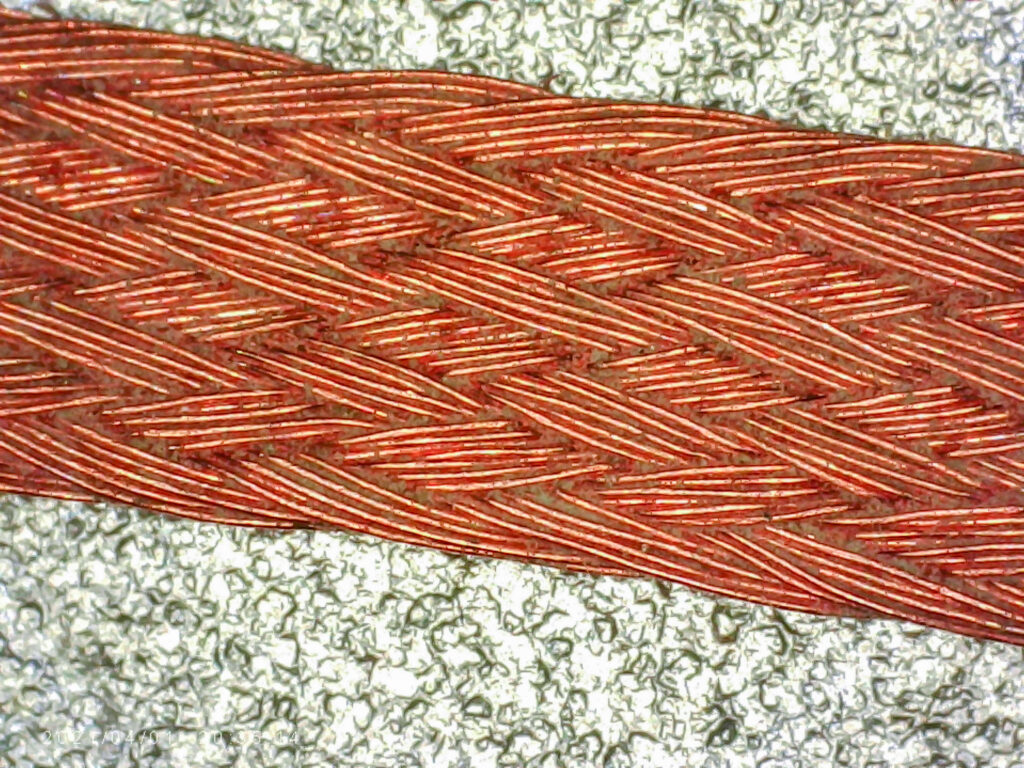Circuit breakers make electricity safe in everyday life. The miniature breakers found in your home are relatively simple devices. Commercial units like the Eaton Power Defense with PXR Trip units are found everywhere, even if we do not see them. Learn how a basic circuit breaker works and get some insight into these advanced electronic controlled Circuit Breakers.
In this video, I got to interview Andy at Eaton. He was an interesting person and very knowledgeable about circuit breakers. I had no idea how much technology went into them.
This episode was sponsored by Eaton.


